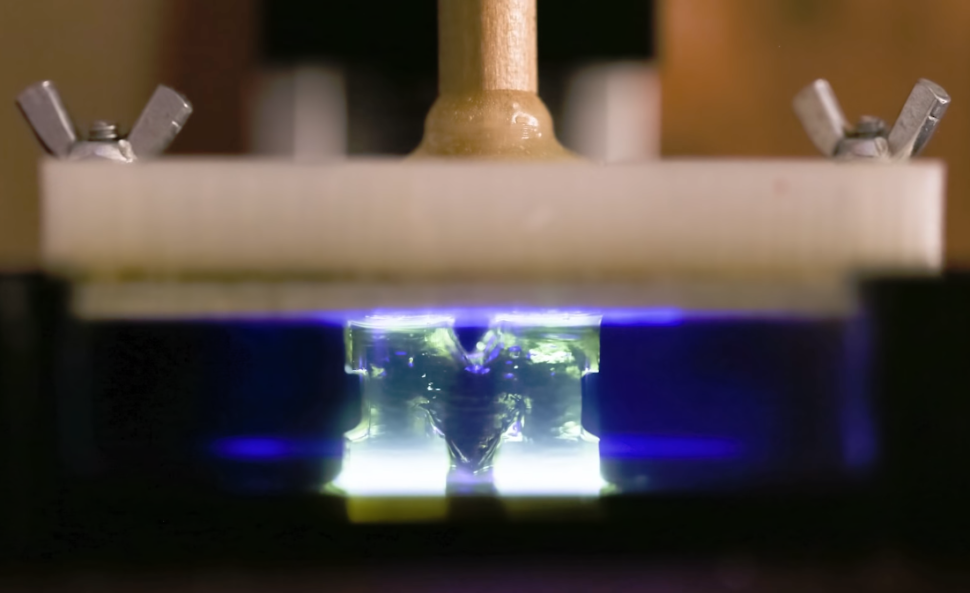The newly-developed 3D printer, made by researchers from the University of Michigan, uses a new vat polymerization printing technique. This new printing approach allows users to create an object from a vat of liquid up to a hundred times faster than other conventional 3D printers.
To date, 3D printing is yet to reach its full potential in terms of small-batch production. This is largely due to current printers not reaching the necessary speed needed to accomplish these tasks.
“Using conventional approaches, that’s not really attainable unless you have hundreds of machines,” Timothy Scott, a professor of Chemical Engineering at the University of Michigan and one of the co-authors of the study, explained.
According to Scott, the vat polymerization technique that their new 3D printer uses makes it possible to render a 3D object in just a flash of light rather than the usual layer by layer approach. Scott claims that this makes their invention “one of the first true 3D printers ever made.”
Read More: Researchers Develop New, Simpler Form Of Metal 3D Printer
How the new 3D Printer Works
The new 3D printer’s technique uses two lights. these lights control the areas where the resin hardens and where it remains liquid. This rapid technique enables the researchers to solidify the resin into complex designs. The researchers can even make a 3D bas-relief in just a single shot instead of the typical series of 1D lines or 2D cross-sections.
Previous vat polymerization 3D printing efforts have many limitations, including the resin’s tendency to solidify on the window where the light shone through which halts the print job. An early solution to this problem was a window that allowed oxygen to pass, preventing the resin from hardening and leaving a film of liquid that allows the 3D objects to be pulled away.
However, since the window is so thin, the resin had to be highly liquid to flow between the window and the solidified part as it was being pulled up. While this approach worked, it significantly limited vat 3D printing to small, fragile products.
Now, the University of Michigan engineers’ new technique replaces oxygen with a second light to stop the hardening process. This technique produces a larger gap between the object and the window, allowing the liquid resin to flow quickly and more efficiently.
Furthermore, light is more accurate which increases the team’s 3D printer’s potential of delivering high-definition and more precise prints regardless of the design environment. Scott and his team already filed three patents for the technology and are now working on launching a startup company based around it.



















Comments (0)
Most Recent